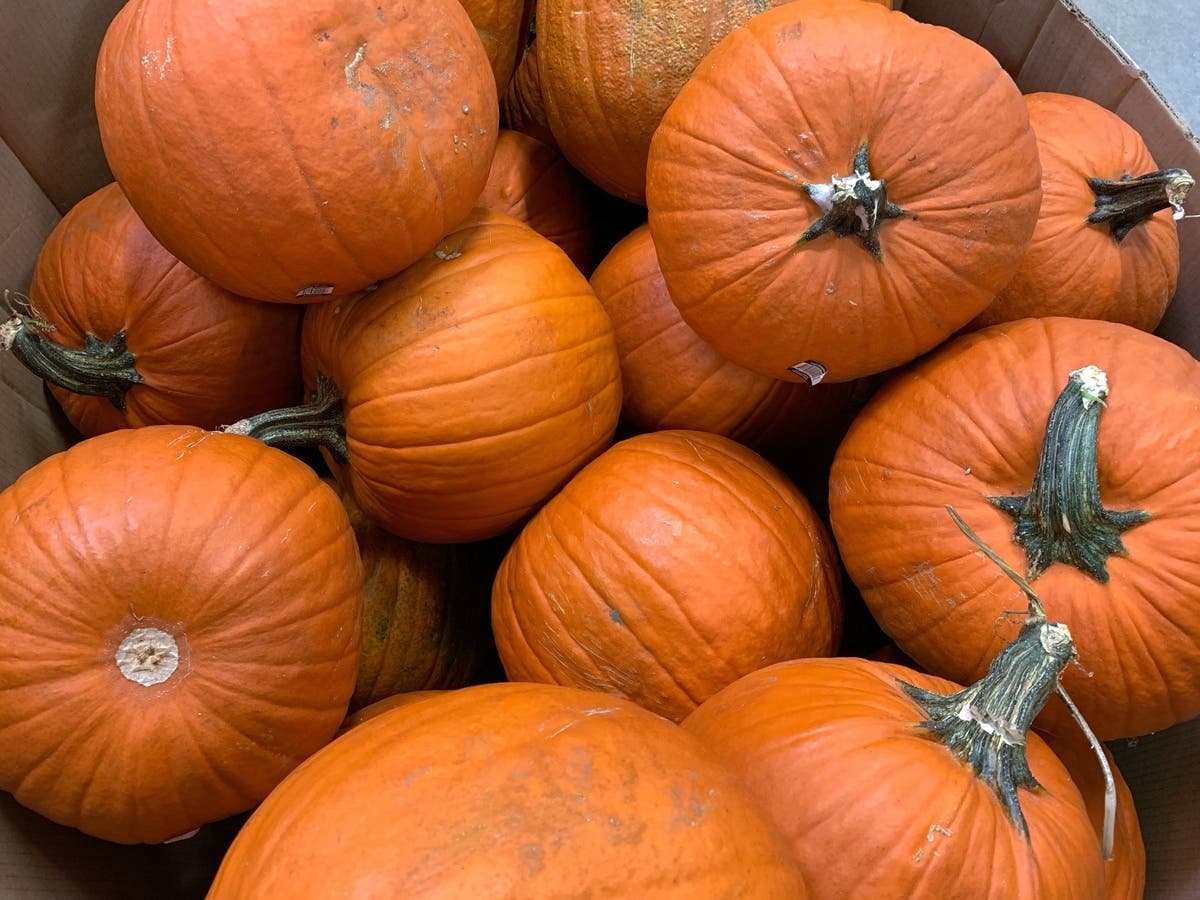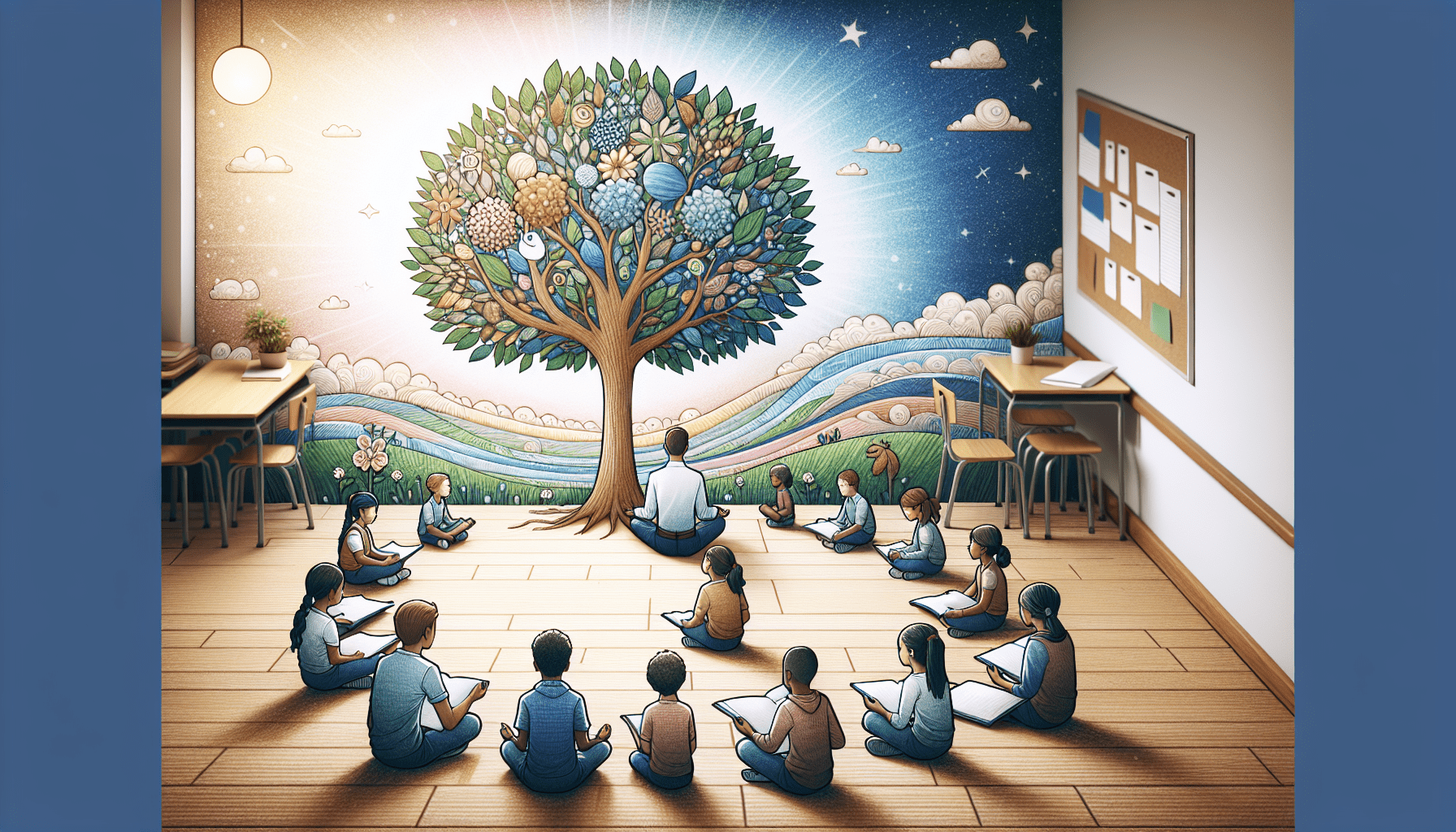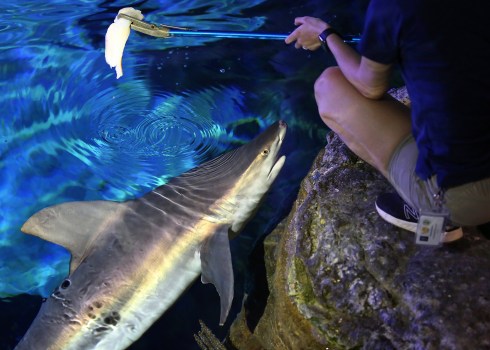Have you ever wondered how early childhood practices can shape a person’s ability to handle stress and emotions? In a world where both children and adults increasingly face mounting pressures, becoming mindful is a tool that not only enhances emotional intelligence but also fosters healthier interactions. One remarkable initiative is the mindfulness learning journey embarked upon by second graders at Bronxville Elementary School through their comprehensive Community, Awareness, Responsibility and Empathy (C.A.R.E.) program. Under the guidance of school psychologist Dr. Joyce Vastola, these young minds are discovering the profound effects of mindfulness on their daily lives.
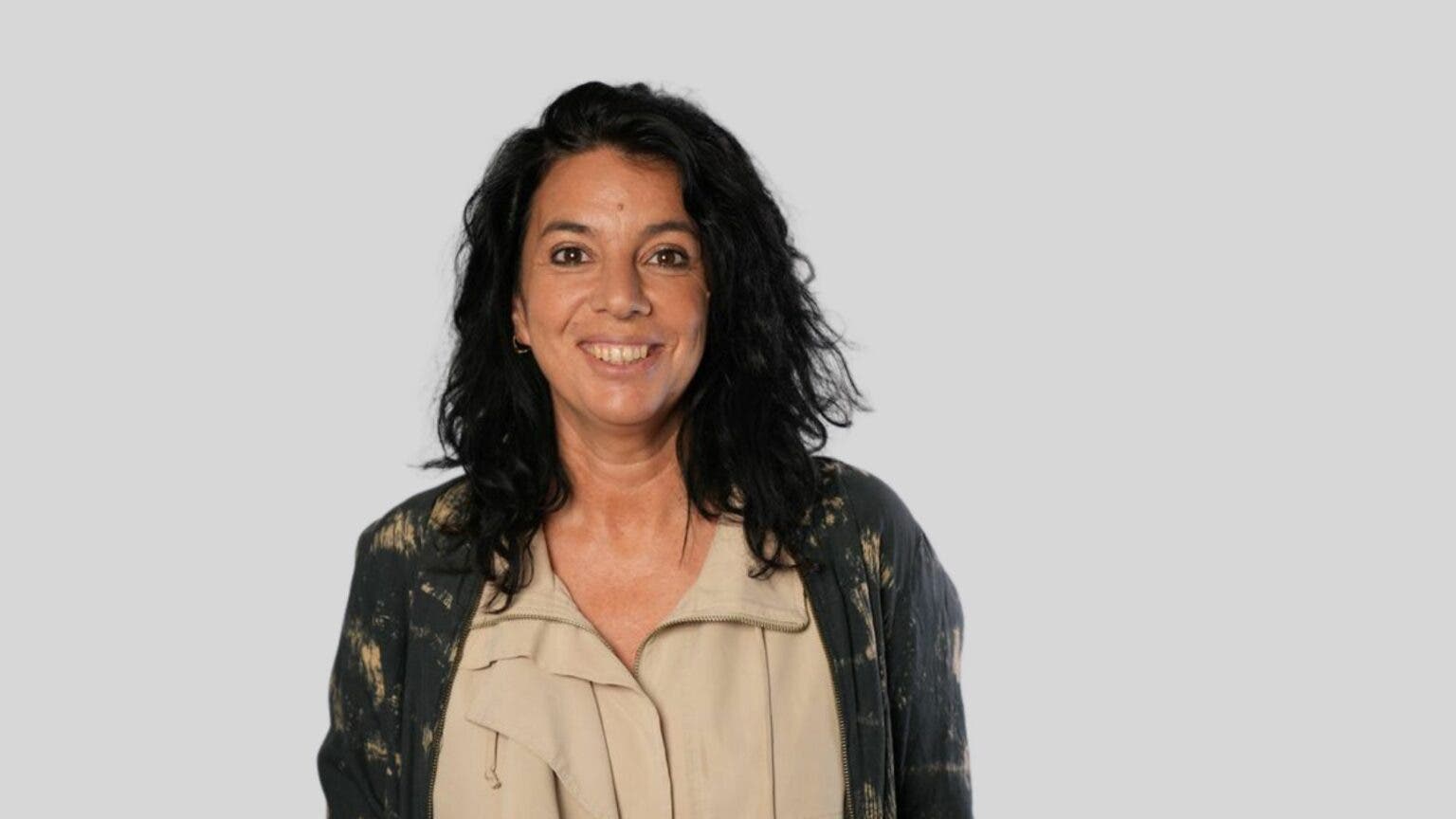
Understanding Mindfulness in the Classroom
What is Mindfulness?
Mindfulness is a practice of being present and fully engaged in the moment, without the overlay of judgment or distraction. It involves awareness of one’s thoughts, emotions, and surroundings, equipping individuals with the ability to pause and notice their current state. For children, learning mindfulness means developing foundational skills in self-awareness, emotional regulation, and stress management.
Why Teach Mindfulness to Second Graders?
Introducing mindfulness to young children, especially second graders, is crucial as it lays the groundwork for emotional intelligence and resilience. At this formative age, children are impressionable, and teaching them to manage stress and emotions can foster a lifetime of healthy interpersonal relationships and personal well-being. Dr. Vastola’s approach to integrating mindfulness in education recognizes that before children can positively respond to behavioral cues, they need to become aware of their feelings.
The Bronxville C.A.R.E. Program
Objectives of the C.A.R.E. Program
The C.A.R.E. program at Bronxville Elementary School focuses on imparting key mindfulness skills to young students. The program aims to help children recognize and manage stress and overwhelming emotions, build self-care practices, and enhance their ability to form and maintain positive relationships. By equipping students with these skills, the program sets them on a path toward emotional and psychological wellness.
Implementation of Mindfulness Activities
A notable aspect of the C.A.R.E. program is its emphasis on interactive and creative activities. During a typical lesson, second graders might engage in drawing exercises where they depict moments in which they felt mindful. This activity not only stimulates creativity but also encourages children to put words and images to their emotions, enhancing their emotional literacy.
Exploring Emotions and Vocabulary
The Importance of Emotional Awareness
Understanding and naming emotions is an integral part of mindfulness education. Dr. Vastola guides her students in this endeavor by introducing them to a wide range of emotional vocabulary, such as ‘serene’ and ‘ecstatic.’ This exercise helps children identify and differentiate between various emotions, a crucial step toward emotional regulation.
Normalizing All Emotions
A significant lesson emphasized in the C.A.R.E. program is that there are no inherently “bad” emotions. Instead, feelings are categorized as comfortable or uncomfortable. This perspective helps dismantle the stigma associated with certain emotions, encouraging children to acknowledge and accept all their emotional experiences without the fear of judgment.
Developing Self-Reflection and Thoughtful Choices
Encouraging Self-Reflection in Students
Self-reflection is a cornerstone of mindfulness practice. By learning to pause and reflect on their current state, children can gain insight into their thoughts and feelings. The C.A.R.E. program encourages this self-reflection through various mindfulness practices, aiming to equip students with the skills to make thoughtful and deliberate choices.
Making Informed Decisions
Once children develop awareness of their emotions and thoughts, the next step is acting on that awareness. The program stresses the importance of making informed choices about how to handle emotions and interactions. By integrating self-reflection with decision-making, students learn to navigate their social and academic environments more effectively.

Mindfulness in Everyday Life
Mindfulness Beyond the Classroom
Mindfulness isn’t confined to the classroom; it’s a skill applied in various life scenarios. The C.A.R.E. program illustrates to students that mindfulness can be exercised whether they’re amidst nature, involved in sports, or tackling schoolwork. This holistic approach helps children understand that mindfulness is a tool they carry with them everywhere.
Breathing and Grounding Techniques
Among the practical skills taught in the program are breathing and grounding techniques. These strategies offer students tangible ways to manage stress in real-time. By learning to breathe deeply and check in with themselves, children cultivate a resourceful habit to cope with anxiety and maintain composure in challenging situations.
The Broader Impact of Mindfulness Education
Fostering Mental Health
The link between mindfulness and mental health is well-documented. By prioritizing mindfulness education, schools like Bronxville Elementary are paving the way for better mental health outcomes. Mindfulness helps students regulate emotions, reduce stress, and improve focus, contributing to a more supportive school environment.
Building a Mindful Community
Ultimately, the goal of programs like C.A.R.E. is to create a community grounded in empathy, compassion, and awareness. When students learn to be mindful, they are better equipped to contribute positively to their social circles. This sense of community enhances overall school morale and nurtures an inclusive atmosphere.
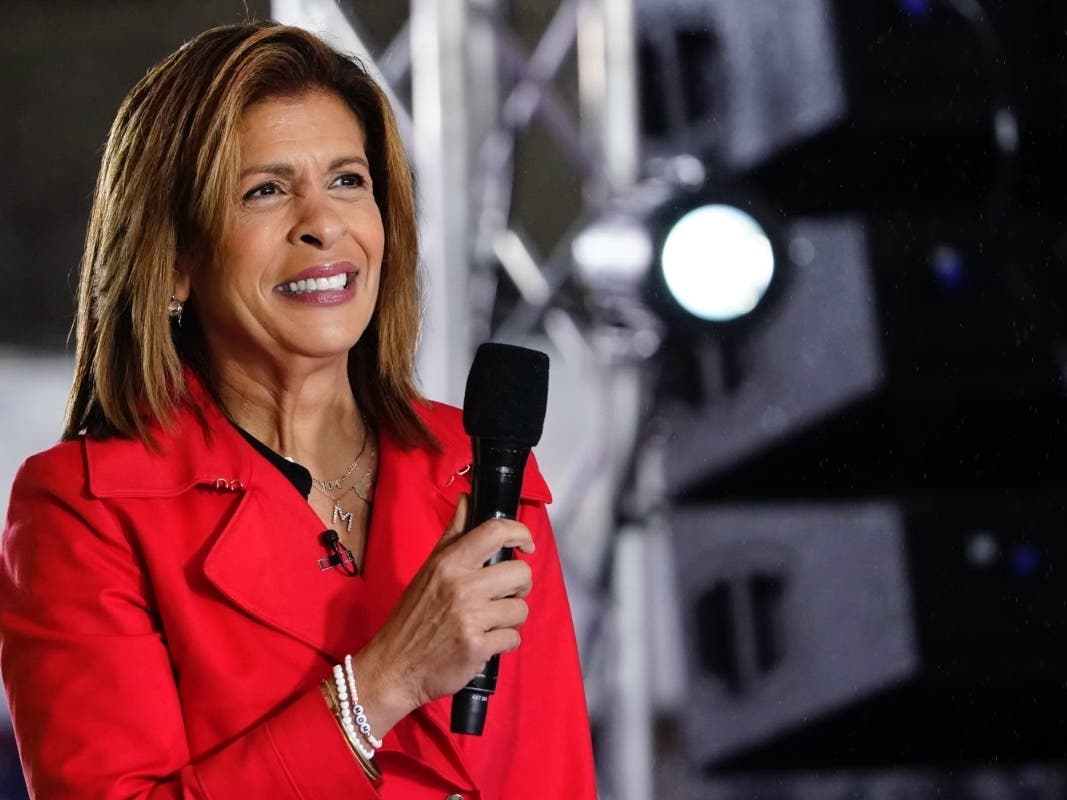
Preparing for Future Lessons
Continuation of Mindful Practices
The journey into mindfulness does not end with a drawing exercise. The curriculum designed by the Bronxville Union Free School District ensures that all K-5 students throughout the school partake in these mindfulness lessons. As students advance through the program, they will delve into concepts such as distress tolerance, further enriching their understanding and application of mindfulness.
Long-Term Benefits and Expectations
The long-term benefits of incorporating mindfulness within the educational framework extend far beyond elementary school. Students leave Bronxville Elementary equipped with skills that aid them in personal development, social interactions, and academic endeavor. This foresight in educational programming highlights the enduring impact of mindfulness education on students’ lives.
In summary, the integration of mindfulness in Bronxville Elementary School through the C.A.R.E. program is a testament to the progressive approach towards emotional education. This enlightening journey not only helps young students manage their immediate feelings and reactions but also sets a strong foundation for their future well-being. Mindfulness, with its many nuances, shapes these children into reflective and well-adjusted individuals, ready to face the challenges of an intricately interconnected world. By training young minds in these practices, we are not only investing in their personal growth but also in the creation of a more empathetic and mindful society.

